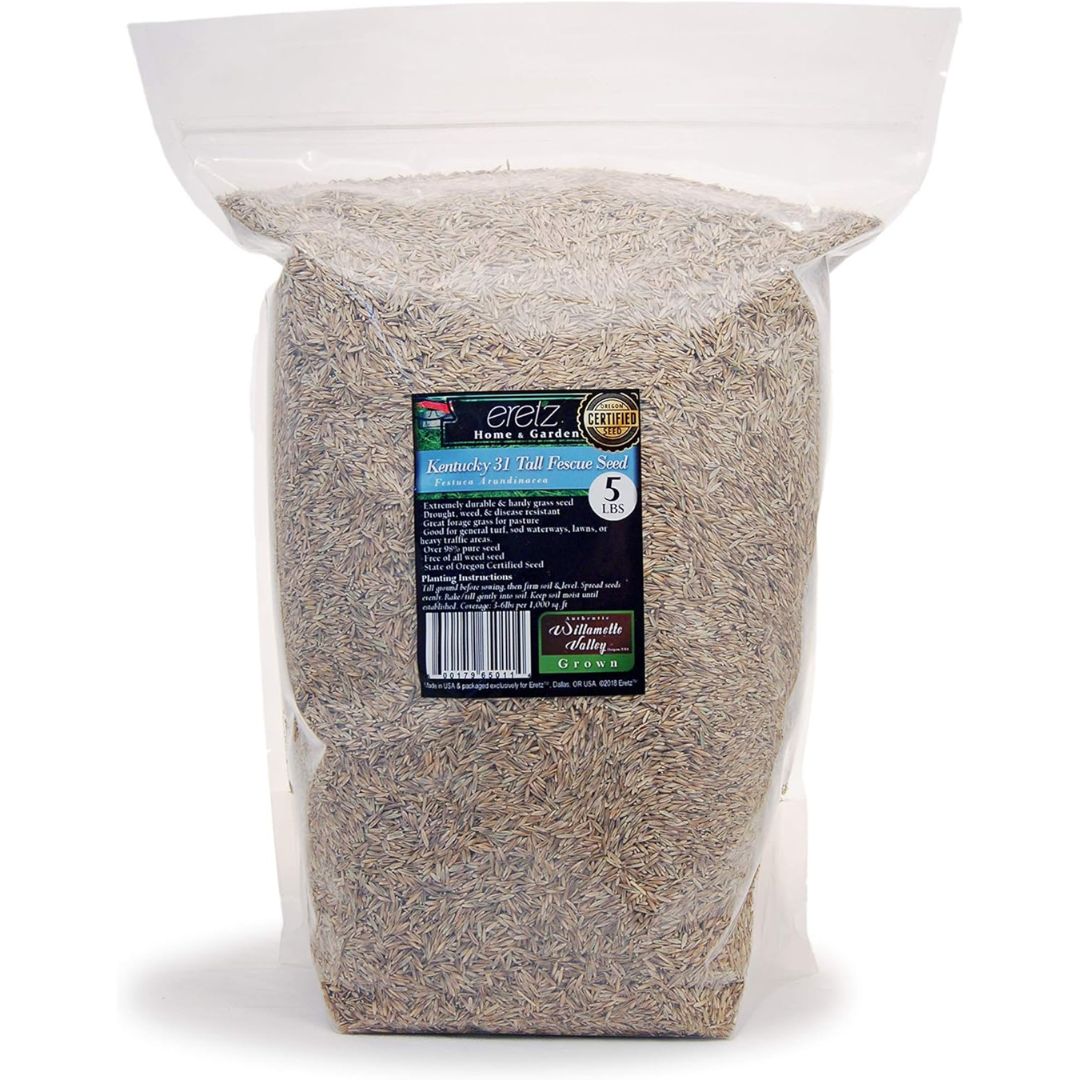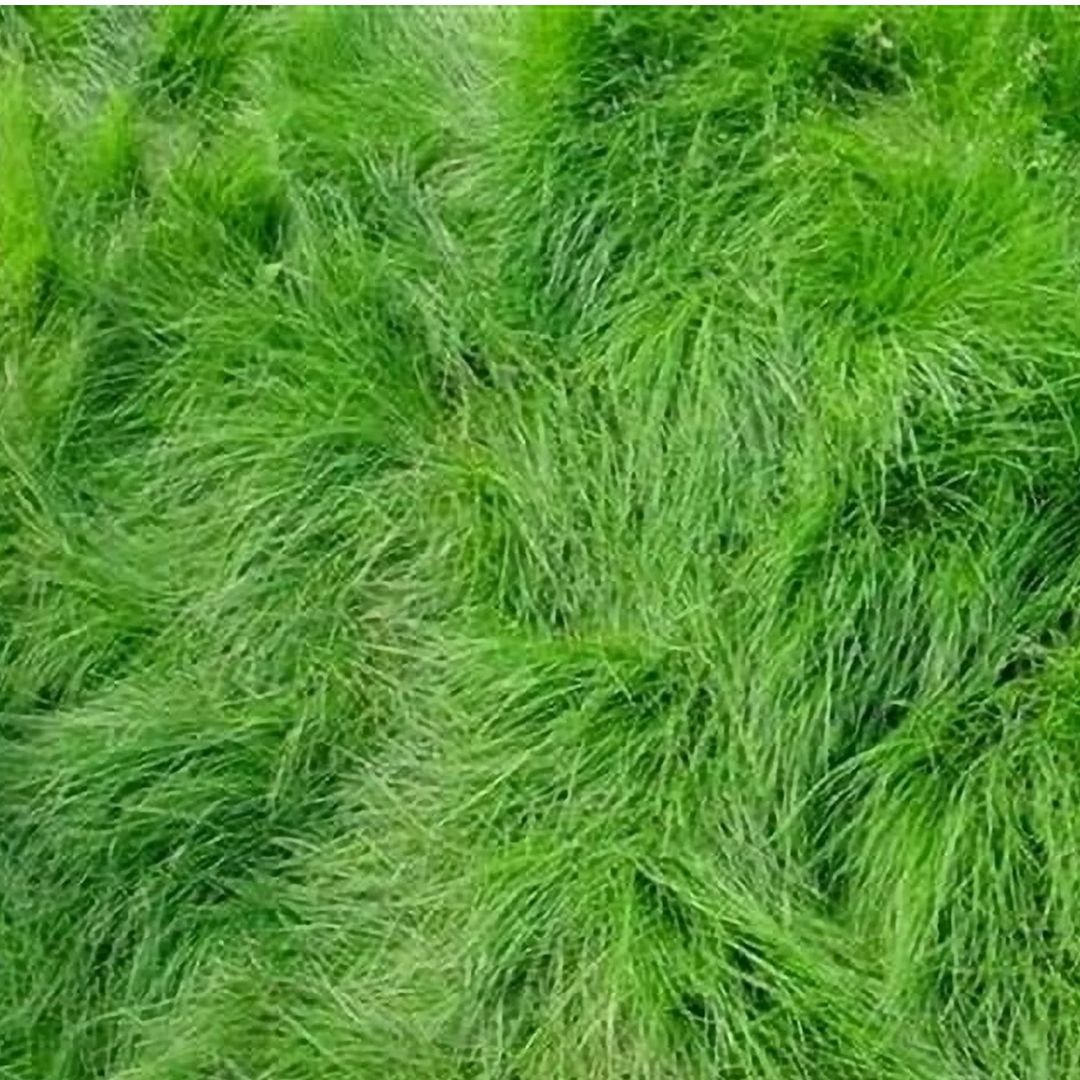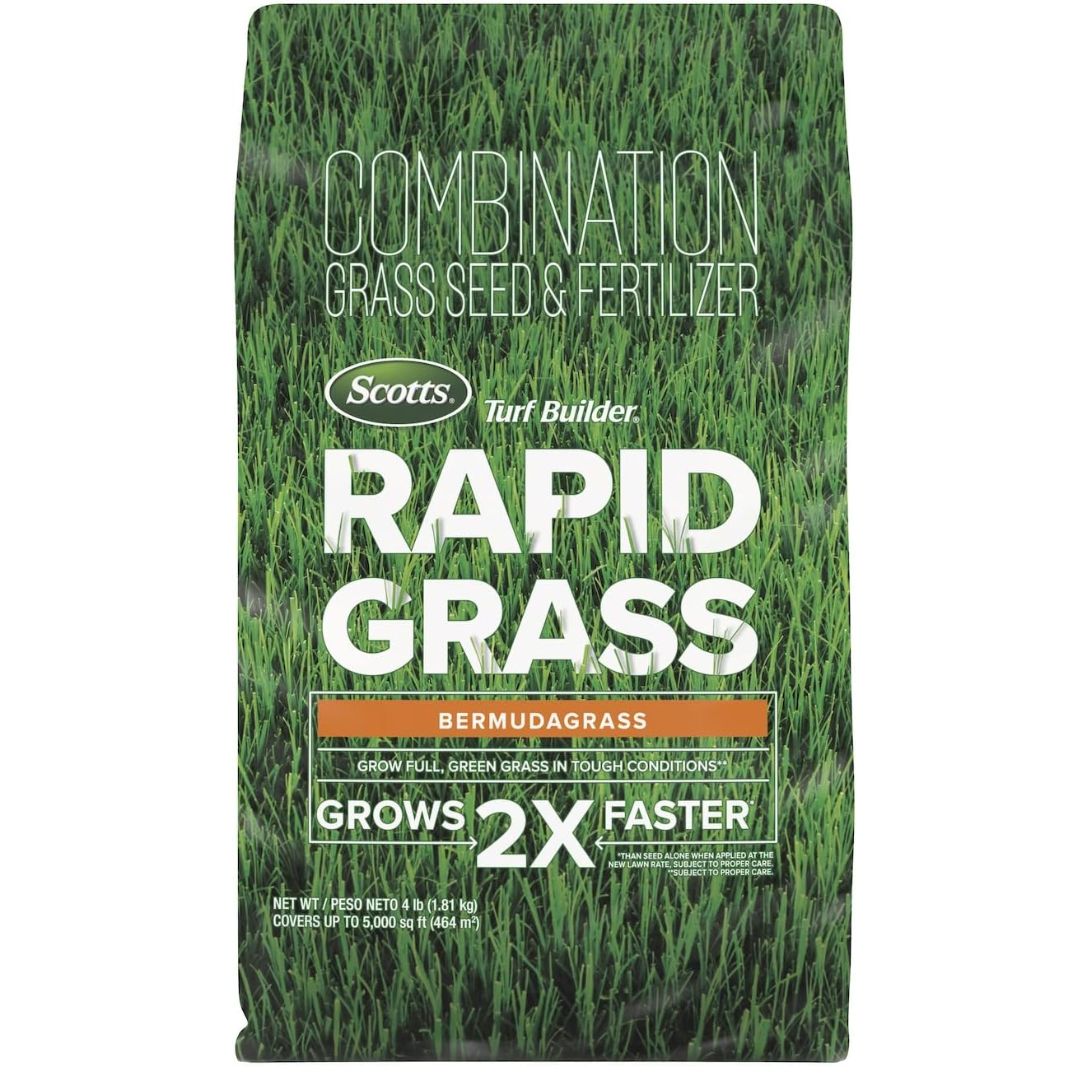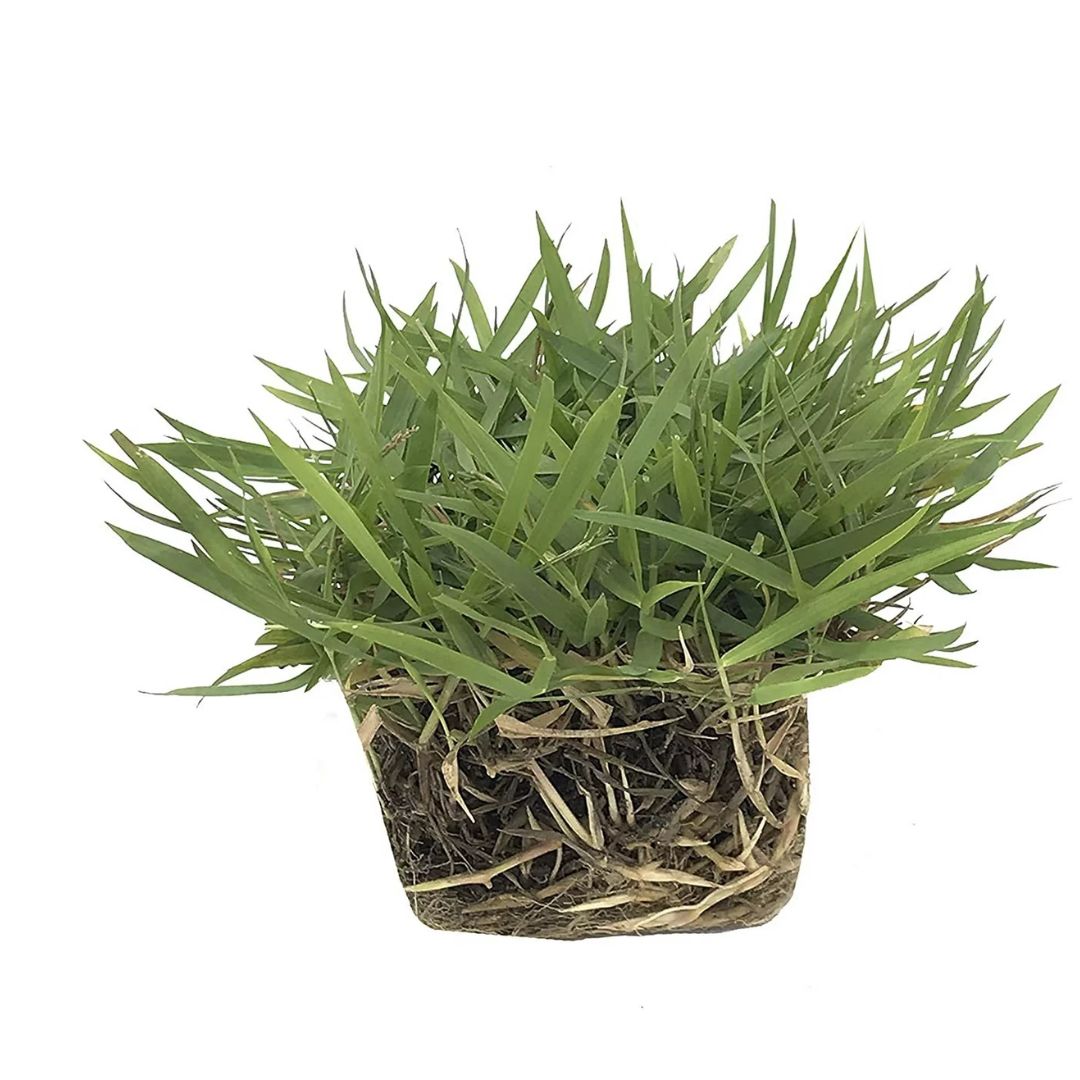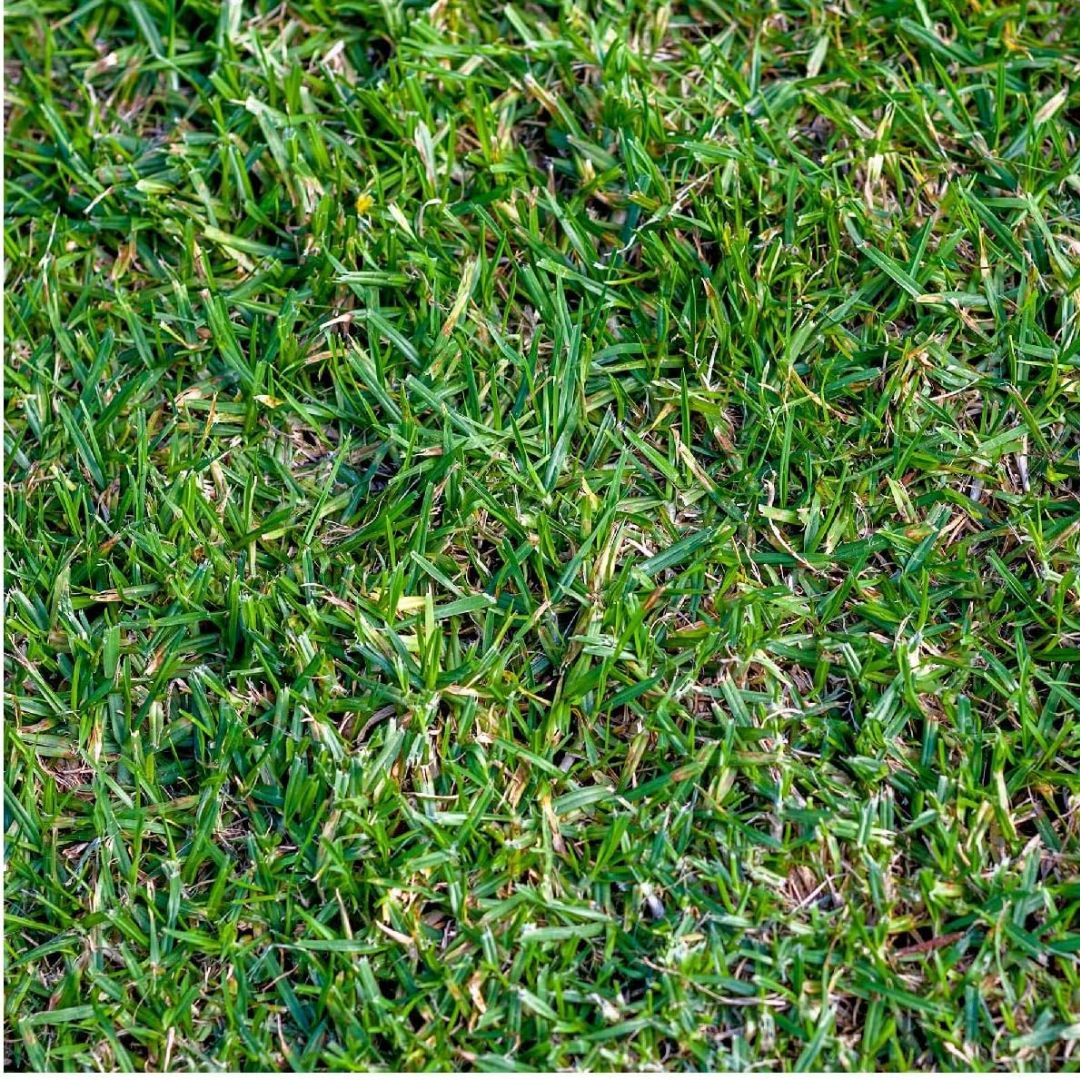Drought-Tolerant Lawn Grasses — 5 Green Covers That Will Thrive In Dry Conditions
If you're dealing with a heated climate, or tired of your lawn suffering in the summer, why not opt for these low maintenance "dry" grasses instead of the standard?
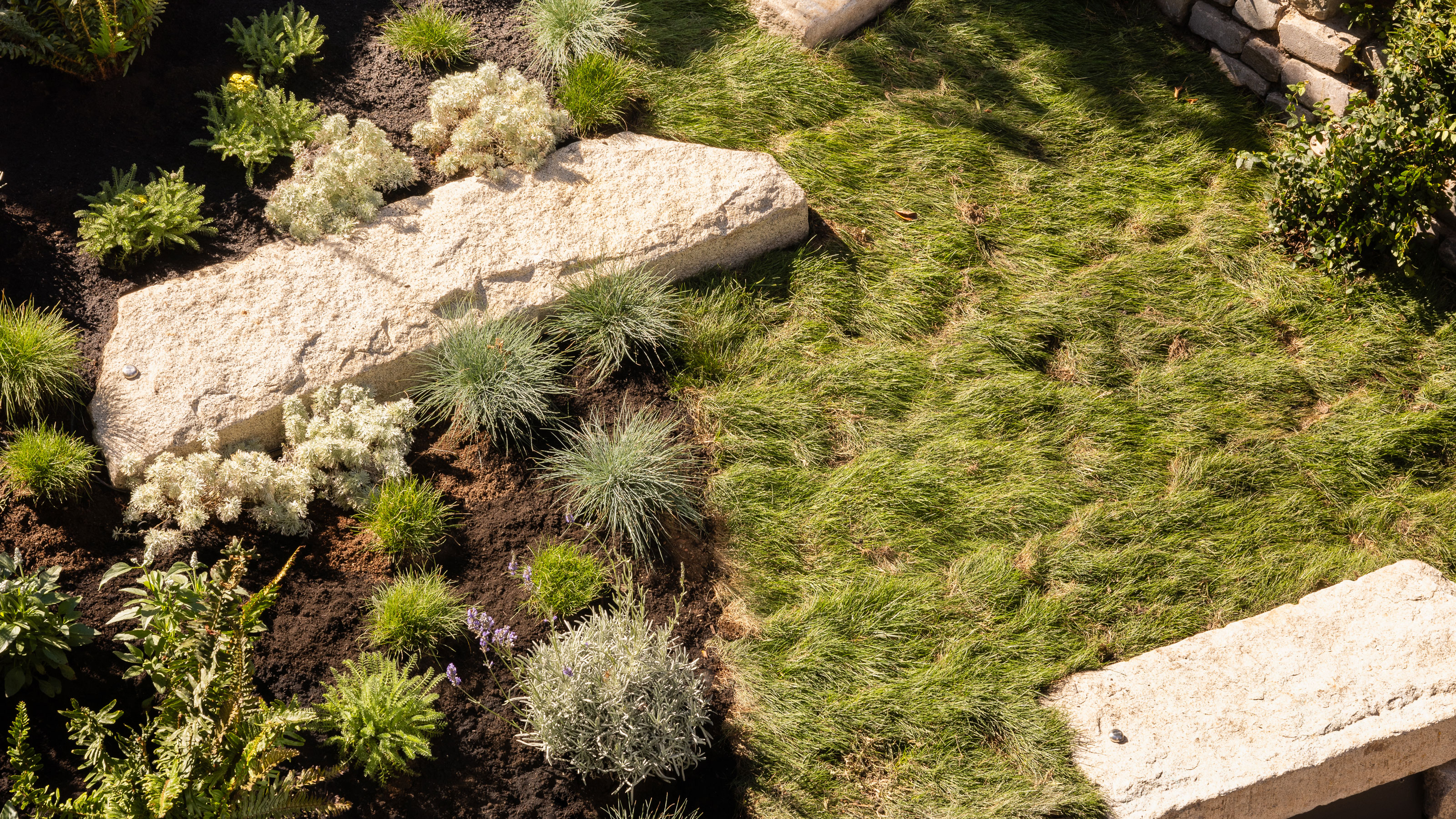
Why is drought-tolerant grass important to consider? Lawns take an enormous amount of water to maintain. Apart from serious matters such as water conservation and rising temperatures, drought-tolerant lawn grasses for your yard also mean potentially lower water bills for you. Regardless of your region and its suitability towards warm-season or cool-season grasses, you're likely seeing longer dry spells than a decade or so ago.
Generally, drought-tolerant lawn grasses either require less water than other types, or recover well after a prolonged dry spell. Meaning a lawn can better look after itself, with minimal watering or attention from you. Of course, if you are serious about water conservation and biodiversity, there are numerous grass alternatives too, such as clover, sedum and meadow flowers.
If you still want a traditional lawn, the most suitable grass species will depend on where you live and whether cool season or warm season grasses thrive there. So discover what drought-tolerant lawn grasses experts suggest for your region.
Cool and Warm Season Grasses
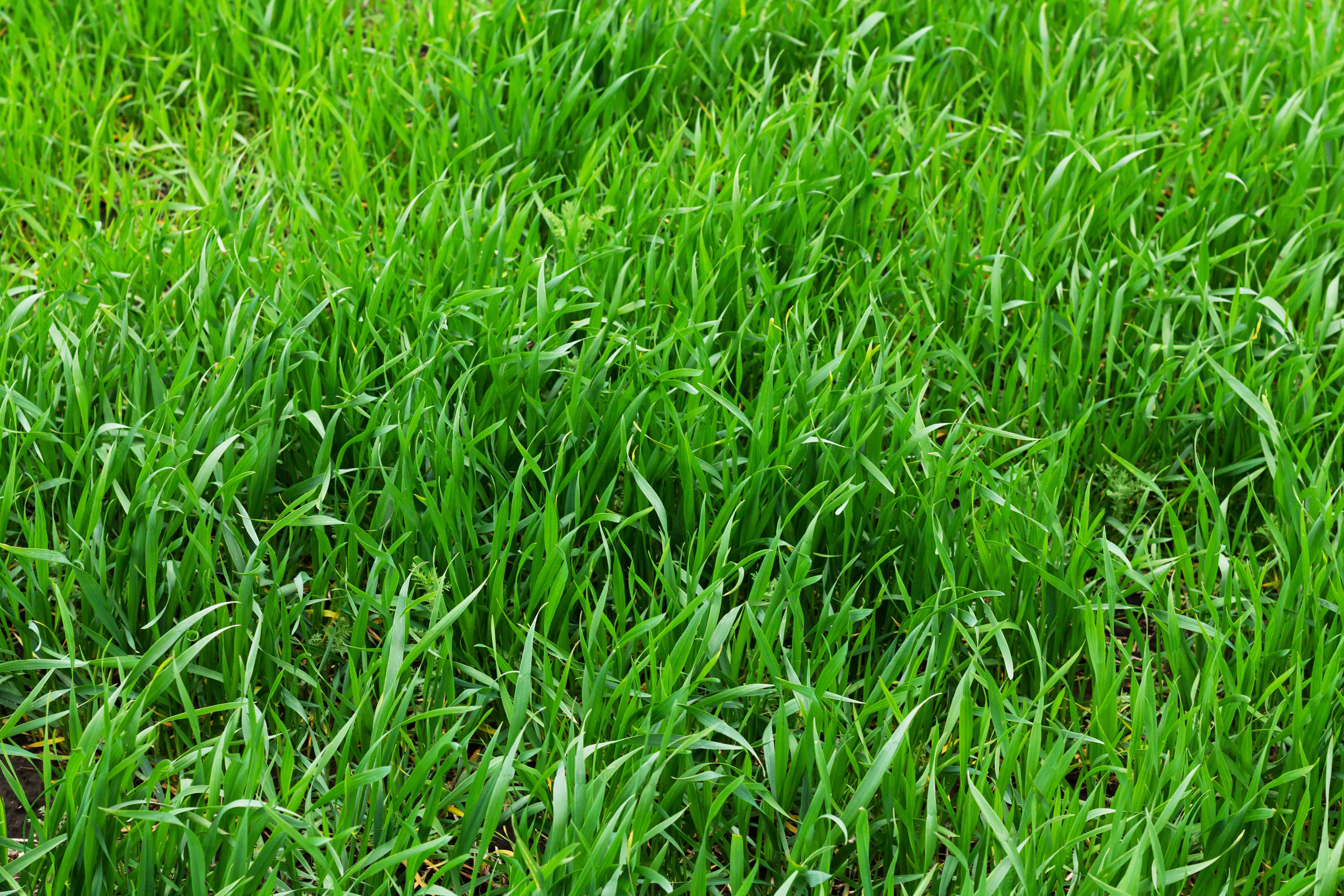
Good lawn care all about is taking into consideration the type of climate you're living in and the type of grass you'll want for your backyard. There are two types of grasses to choose from — these are warm season grasses and cool season grasses.
"While there are many different varieties of turf grass, they are all classified into two categories: cool-season and warm-season," explains lawn expert John Steiner, and Regional Manager at NaturaLawn of America. "Cool-season grasses prefer mild summers and do well in cold or freezing temperatures. They grow best in areas from the central transition zone to the north. Cool-season grasses require more water than warm-season grasses, but some varieties are more drought-tolerant than others.
As for warm, they do best in the "southern transition zone and in the southern part of the country. Drought-tolerant warm season grasses retain their color even in drought conditions."
Drought-Tolerant Cool Season Grasses
1. Tall Fescue
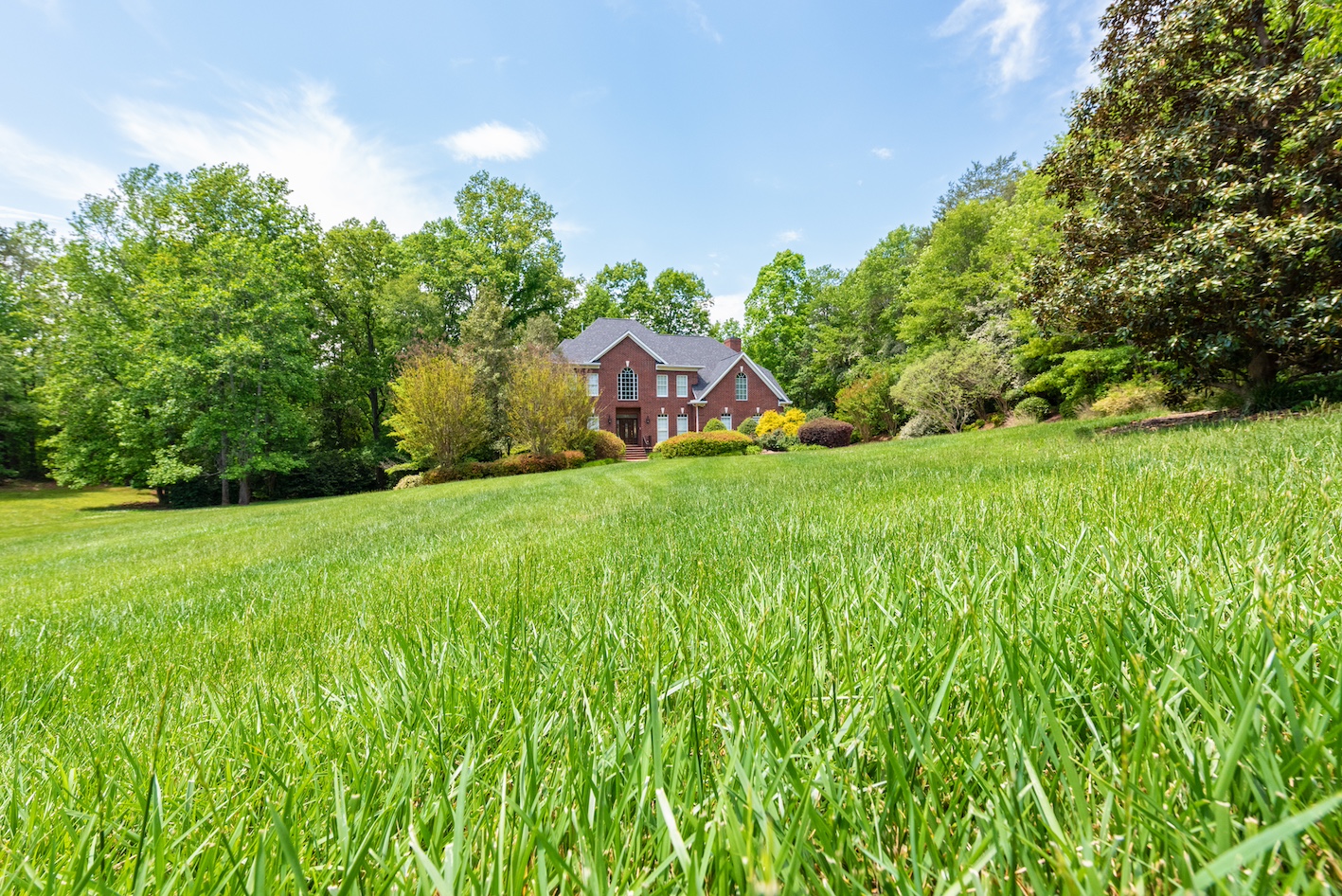
Tall Fescue is a course grass with a well developed root system, which makes it tolerant to various conditions, including drought, damp and frost. For this reason it's popular in regions that experience hot summers and cold winters.
The Livingetc newsletters are your inside source for what’s shaping interiors now - and what’s next. Discover trend forecasts, smart style ideas, and curated shopping inspiration that brings design to life. Subscribe today and stay ahead of the curve.
John tells us for the best drought-tolerant lawns in the north, the Tall Fescue is certainly a great option and says it is the most durable cool-season grasses available. As well as this lawn being drought-tolerant, the expert says tall fescue can grow in low-nutrient soil, and is adaptable to a variety of climates. John adds: "It requires minimal care to stay green, and is also disease-resistant to many types of fungus that affect other types of cool-season grasses, such as Kentucky Bluegrass and Perennial Ryegrass. As a clump-style grass, Tall Fescue doesn't spread into flower beds. To maintain the desired density, it should be seeded annually."
Designer Stacie Smith at Smithson Exteriors says tell fiscus requires less water than Kentucky Bluegrass, which needs about 1.5-2.5" per week. While Tall Fescue needs about 1.25" of water per week during normal temperatures, 2" per week should the temps be in the high 80s or above. But it's so much more than just the type of grass that makes a lawn able to withstand lower amounts of moisture."
Stacie says even if your lawn goes into dormancy due to really low rainfall it can be brought back to life by watering. "There are so many factors that go into how much water a lawn requires to stay green and not go dormant," Stacie says. These factors are how thick the turf layer is and what the soil makeup is. If the areas shaded, how long is the grass kept, and how often is it mowed. And last but not least, how healthy is the grass?
"Homeowners tend to cut their grass far too short which causes the sun to dry out the soil base," Stacie tells us. If you want to keep your turf happy and healthy, the expert recommends you cut grass every week to stop it from growing too tall.
Hardiness Zones: 3-8
2. Fescue blends
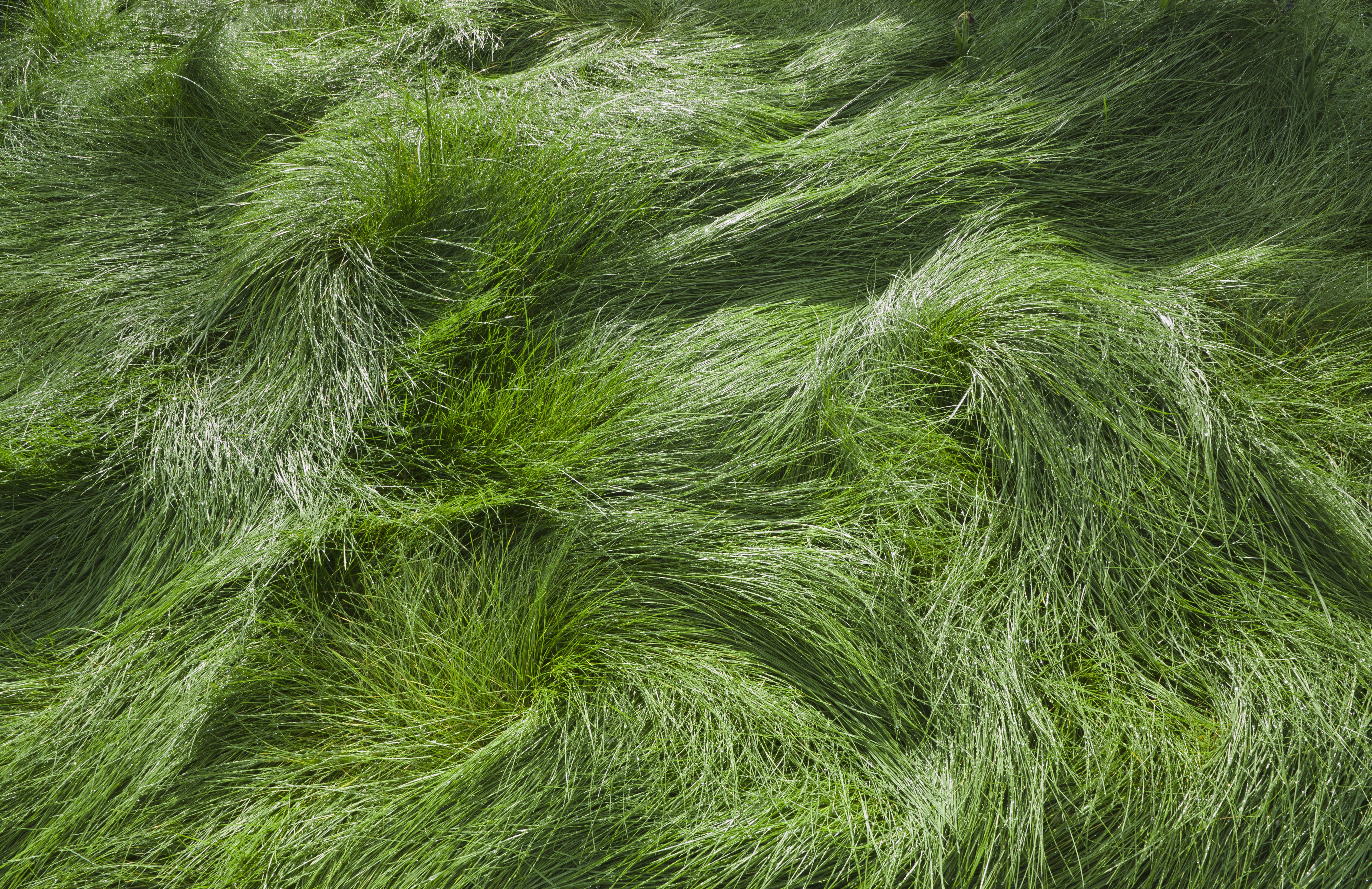
Drought-tolerant plants are a great way to spruce up your space as well as your lawn. For another luscious and unique grass alternative — fescue blends are a great option. This grass is made up of a (non-GMO ) blend of five fine fescue grass types: Slender Creeping Red Fescue, Creeping Red Fescue, Hard Fescue, Sheep Fescue and Chewings Fescue, 'eco-lawn' draws on the best qualities of each Fescue type. The seed mix grows into a thick, healthy lawn that only needs to be mowed once a month, and requires less water compared to other grasses, and little to no fertilizer.
In fact, the producers of 'eco-lawn' claim it requires 40-100% less irrigation than most other grass types and even have a water calculator on their website, so that you can check for yourself. "Eco-Lawn produces grass blades that are very thin and thus don't require the amount of water that typical, thick bladed lawn grasses demand," explains Paul Jenkins, co-founder, Wild Flower Farms. "This blend of fescue grasses creates roots that grow deep into the ground, so they can seek out needed nutrients and water naturally, eliminating the need for watering. It's a great option for areas where water conservation is important.
In Ontario, and for all of the northern US states, Pauls says you do not need to water this once it's been established as it will stay green.
Drought-Tolerant Warm Season Grasses
3. Bermuda grass
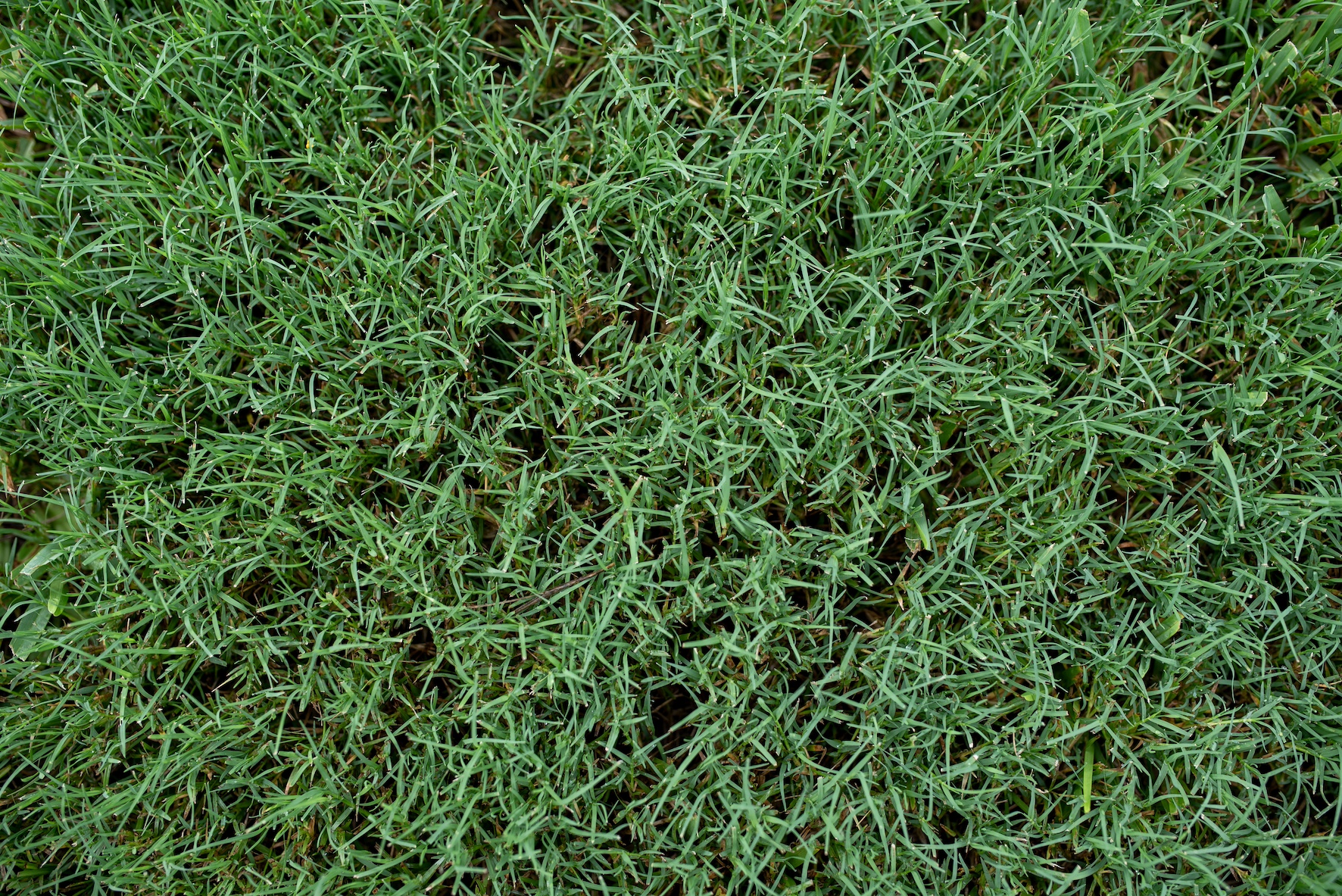
For grass to grow in hot weather conditions, the hardy bermuda grass will not let you down. Unlike cool-season grasses which can go dormant during the summer heat, warm-season grasses go into dormancy during the colder times of the year. Both types can go brown when they are dormant, or during a drought, however, Bermuda grass also springs back to green when the rain returns, or if it's irrigated.
If you want, or need, to stop watering your lawn, you're safe in the knowledge Bermuda grass will recover well. Noelle Johnson, A-Z Plant Lady and author, Dry Climate Gardening tells us, "Bermuda grass is the most prevalent lawn species in hot regions, however it does require watering twice a week to look its best."
Noelle adds: "In times of drought, it will turn brown, yet still survive–and can go months without watering. After being watered, it will green up within four to six weeks during warmer parts of the year. In winter, it is dormant and doesn't need supplemental watering."
The expert says the bermuda grass is a good option as a drought-tolerant turfgrass and can be kept looking green and as good as new during the summer if it is watered well. It will need an inch of water ever week. So if you do not get much rainfall in your area, grab your hose and get to watering!
"It grows best in Zones 7-10. However, there are varieties that grow well in Zones 5 and 6, as these have been bred for winter hardiness," John tells us. "It shouldn't be planted in Zones 3 or 4. Bermuda grass is also an excellent choice for an active family. It's a durable turf type, also used in athletic fields, as it recovers quickly from damage from foot traffic. It does require more care than other turf types; it's a fast grower, which can contribute to a heavy layer of thatch."
According to the expert bermuda can invade gardens and has been known to grow through concrete.
Hardiness Zone: 5-6
4. Zoysia
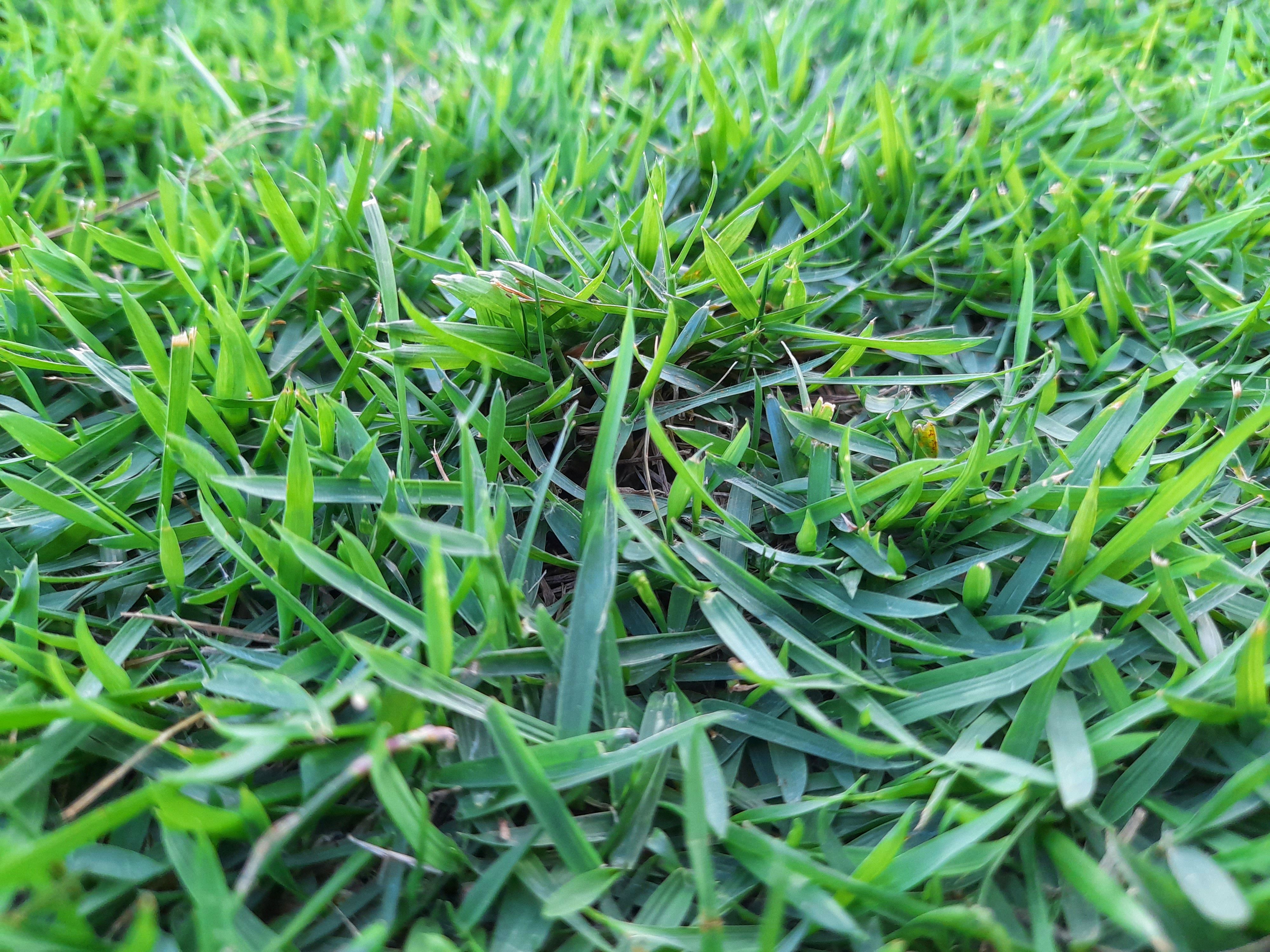
Zoysia, also known as Korean grass, is another alternative that is popular in the hot regions of the central and southern U.S. It is a medium-course, textured warm-season grass that is slow-spreading and grows well in acidic, sandy, and clay soils.
"There are also shade-tolerant varieties of Zoysia," says John. "It would be important to look for these, as most varieties will not grow well in a shady lawn." John explains that Zoysia grass grows well in the transition zone and southern states.
He continues: "Although cold-tolerant, in northern climates, it is the last to green up and the first to go dormant. Some other benefits of Zoysia grass are it is durable to foot traffic, resistant to disease activity, and will grow in moderate shade. Many homeowners like Zoysia grass due to its minimal maintenance."
Hardiness Zones: 5b to 11a
5. Buffalo grass
For plants that like full sun and heat, the Buffalo grass, Native to North American prairies is well adapted to dry conditions and makes a good option as a warm-season turfgrass on lawns that don't see too much activity.
"Buffalo grass (Buchloe dactyloides) is a lesser used grass species and is best for low-traffic areas," says Noelle. "It shouldn't be mowed short, but kept at a 3-inch height. "It needs less water than Bermuda grass, about 1-inch a week, and will turn brown without water and during colder times of the year. However, it will recover with watering within 3-4 weeks during spring and summer months. It rarely requires water during winter months when it is dormant."
"Buffalograss is an extremely drought-resistant grass," says Texas-based Lawn Love pro Justin Stultz, owner, Wildflower Lawn Care says this grass is extremely drought-tolerant due to the way its root system develops. "It can sustain itself with less than an inch of water per week. It also requires less watering to keep green when there are no watering restrictions in effect," Justin adds. "That said, Buffalograss is notorious for thinning out and struggling with pests, fungus and mold infestations. It also doesn’t hold up well in areas with heavier foot traffic."
FAQs
What type of grass requires the least amount of water?

Where cool-season grasses are concerned, Tall Fescue comes out tops, requiring the least amount of water, with most lawns thriving just on rainfall, according to our lawn experts.
For warm-season grasses, Justin Stultz says bermuda grass varieties hold up best to heat, drought, foot traffic, and pest and or fungus infestation. "In my experience, Bermudagrass sod and seeds are also more widely available from nurseries or big box stores, and the difference in water requirement is negligible."
Do drought-tolerant grasses look as good?
Yes they do, however, according to our lawn experts, luscious grass is about more than the species. The right kind of maintenance is important for a lawn to survive a drought and thrive with less water too.
"Drought-tolerant grasses absolutely look as good as other grasses," says Justin Stultz. "There are varieties of Bermuda and Buffalograss that are currently being used on well-known golf courses all over the U.S., for example."
Justin adds: "With the right lawn care program, drought-tolerant varieties can be as thick, green, and have the same cloud-like walkability as their more thirsty counterparts."
Jacky Parker is a freelance lifestyle journalist and writer, producing a wide range of features for magazines and digital platforms. She has written for Livingetc and its sister titles, Homes & Gardens and Country Homes & Interiors for more than 15 years, both as a freelance contributor and as Acting Digital Editor and Acting Style Content Editor, regularly reporting on the latest interiors, gardens and wellness inspiration, speaking to experts in their respective fields, and discovering the best tips.
Jacky has also written for other publications, including Sunday Times Style, The Telegraph, Architectural Digest, House Beautiful, ELLE Decoration, Red, Grand Designs and more.
